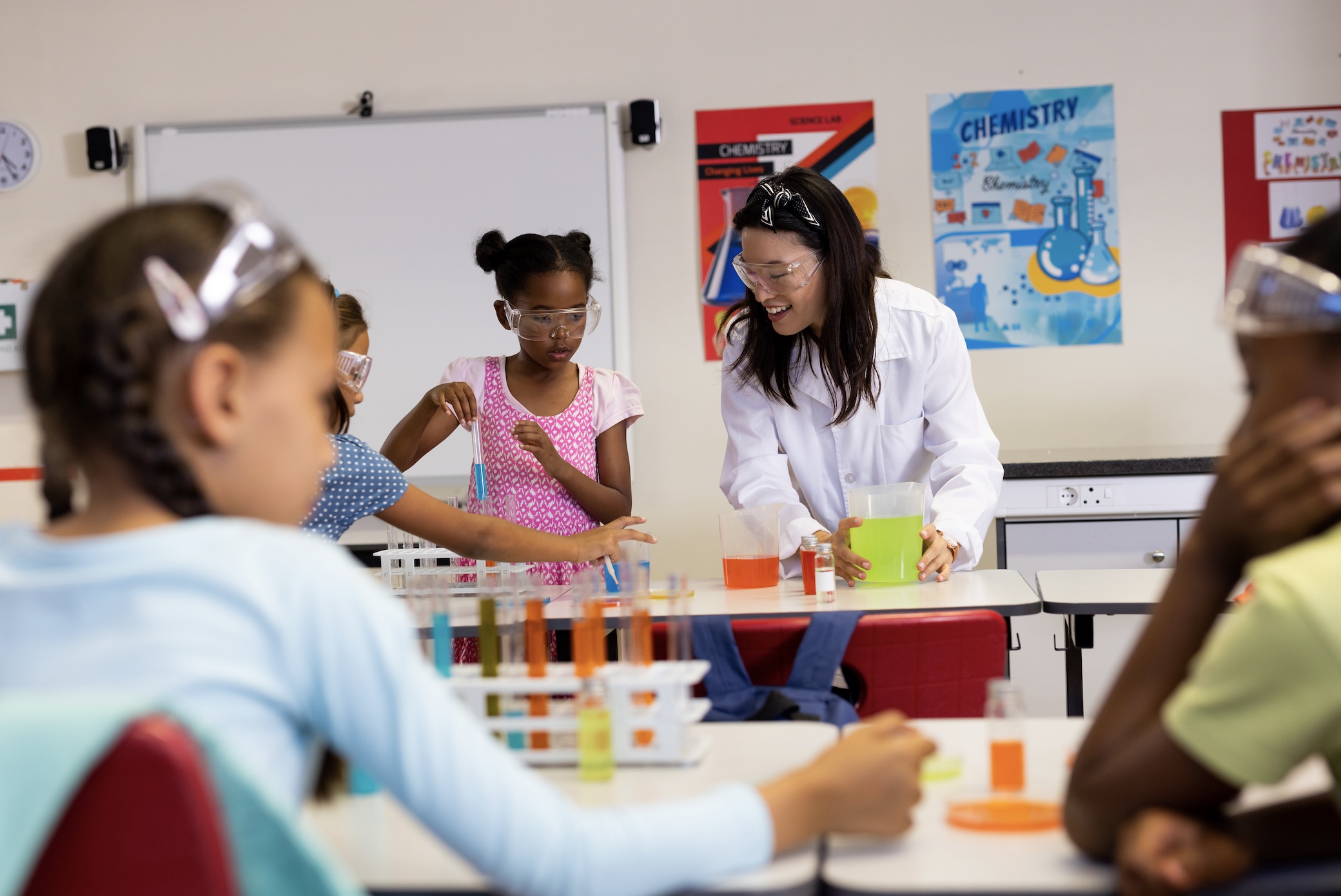How Natural Science and Technology Complement Each Other

On this page, we explain how natural science and technology complement each other (CAPS SA):
In the South African curriculum, CAPS (Curriculum and Assessment Policy Statement) for Natural Sciences and Technology is designed to show how these fields complement each other, particularly at the primary school level. The integration aims to provide students with a comprehensive understanding of the natural world and the technological advancements that interact with it. Here’s how they complement each other:
Understanding Natural Phenomena and Technological Applications
Natural Sciences provide the foundational knowledge of the principles governing the natural world, including physics, biology, and chemistry. In contrast, Technology applies these scientific principles to develop tools, inventions, and processes that address real-world challenges. This complementary relationship in the CAPS curriculum ensures students see the practical application of scientific discoveries through technological advancements.
- Solar Panels: Natural Science explains the physics of how light can be converted into electricity, and Technology applies this knowledge to create solar panels. This demonstrates the practical use of scientific understanding in developing renewable energy technologies.
- Biotechnology: The study of genetics and cellular biology in Natural Science leads to advancements in biotechnology, where Technology harnesses these biological processes to develop medical treatments, enhancing healthcare.
Enhancing Problem-Solving Skills through Inquiry and Design
Both Natural Sciences and Technology emphasize the development of critical thinking and problem-solving abilities. Natural Sciences foster curiosity about the natural world, encouraging students to ask “Why?” and “How?” Conversely, Technology education focuses on applying the scientific method to design solutions for human needs or problems. This integrated approach equips students with the skills to identify issues, develop and test solutions, and refine their ideas based on empirical evidence.
- Water Purification Systems: Inquiry into the properties of water and contaminants in Natural Science inspires the design of water purification systems in Technology. Students learn how scientific analysis of water quality can inform the engineering of systems that provide clean water.
- Bridge Construction: The principles of physics explored in Natural Science are essential for the technological design and construction of bridges. This showcases how understanding force and materials helps solve engineering challenges.
Fostering Innovation and Creativity
The synergy between Natural Sciences and Technology education stimulates innovation and creativity. Technology education encourages creative application of scientific knowledge, leading to new inventions or improvements to existing ones. Simultaneously, technological challenges can spur further scientific research, illustrating the dynamic relationship between these fields in fostering inventive thinking.
- Renewable Energy Projects: In learning about renewable energy sources like wind and solar in Natural Science, students can engage in Technology projects to design innovative energy solutions, combining scientific knowledge with creative technological applications.
- 3D Bioprinting: Understanding human tissue structures and functions in Natural Science can lead to creative technological applications like 3D bioprinting in Technology, where students explore how to replicate biological tissues for medical use.
Promoting Environmental Awareness and Sustainability
The CAPS curriculum intertwines lessons on ecosystems, biodiversity, and conservation from Natural Sciences with insights into sustainable technology from Technology education. This combination instills an understanding of responsible technology use that aligns with environmental conservation principles, emphasizing the importance of sustainability in both scientific exploration and technological development.
- Eco-friendly Packaging: Lessons on the impact of waste on ecosystems in Natural Science inspire the development of biodegradable packaging in Technology. This links scientific understanding of environmental science with technological innovation in sustainability.
- Conservation Drones: Studying biodiversity and conservation in Natural Science complements the use of drones in Technology to monitor wildlife and habitat health, showcasing how technology can aid in the conservation efforts informed by scientific research.
Building Comprehensive Literacy: Digital and Scientific
In today’s digital age, proficiency in both digital and scientific literacies is essential. The integrated approach of Natural Sciences and Technology education in the CAPS curriculum enhances students’ understanding of scientific concepts and processes (scientific literacy), alongside their ability to effectively use digital tools (digital literacy). This dual literacy is crucial for students to navigate and contribute positively to the modern world.
- Scientific Simulations: Using computer simulations in Technology to model natural phenomena like weather patterns or planetary motion demonstrates how digital tools can enhance understanding of complex scientific concepts.
- Data Analysis Software: Learning about scientific data collection in Natural Science and applying Technology through data analysis software illustrates the complementarity in processing and interpreting scientific data, enhancing both digital and scientific literacy.
Through this structured approach, the CAPS curriculum for Natural Sciences and Technology equips students with a well-rounded understanding of the interconnectedness of scientific knowledge and technological innovation, preparing them for future challenges and advancements.
